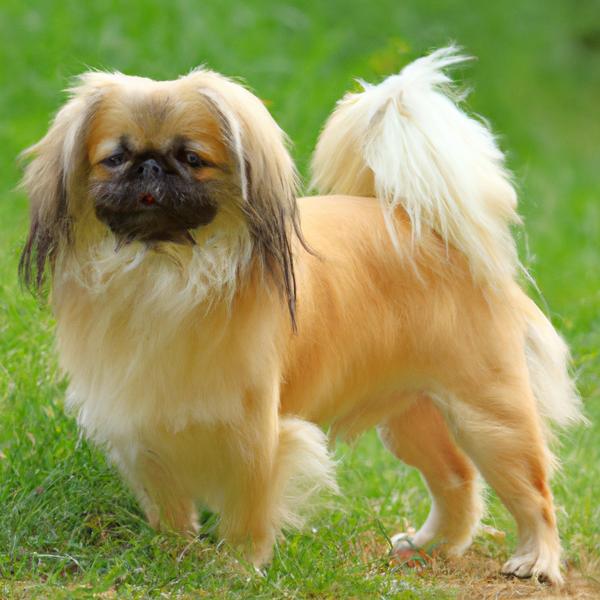Peke-Italian vs. Boxer: Breed Differences and Similarities
Hypoallergenic
Are Peke-Italians or Boxers hypoallergenic, or neither?
Unfortunately, neither Peke-Italian nor Boxer are hypoallergenic, which may not make them the best choice for dog lovers who suffer from pet allergies.
Temperament
What are the personalities of Peke-Italian and Boxer dogs?
Stubborn
Agile
Intelligent
Affectionate
Aggressive
Good-natured
Companionable
Athletic
Mischievous
Opinionated
Brave
Confident
Fearless
Intelligent
Playful
Bright
Energetic
Friendly
Loyal
Shedding Level
Do Peke-Italians shed more than Boxers, or which breed sheds more, Peke-Italians or Boxers?
Peke-Italians are low shedding dogs, requiring minimal coat care.
Boxers are moderate shedders, but regular brushing can reduce shedding and maintain coat health.
Watchdog Ability
Which dog breed makes a better watchdog, the Peke-Italian or Boxer?
Peke-Italians are decent watchdogs - they'll alert their owner if something seems amiss.
Choose a Boxer if you want a top-notch watchdog. This breed takes guarding seriously, and may not require much training, though obedience or guard dog training can improve their skills.
Origin
What is the origin of Peke-Italian and Boxer dog breeds?
United States
Germany
Ancestry
What are the origins of Peke-Italian and Boxer breeds?
Italian Greyhound and Pekingese
Mastiff, Livestock Dog
Breed recognition
Which kennel clubs recognize/register Peke-Italian and Boxer?
ACHC = American Canine Hybrid Club
DRA = Dog Registry of America, Inc.
American Canine Registry
American Kennel Club
America's Pet Registry
Canadian Kennel Club
Dog Registry of America Inc.
Federation Cynologique Internationale
Kennel Club of Great Britain
North American Purebred Registry, Inc.
American Canine Association, Inc.
Australian National Kennel Council
Continental Kennel Club
National Kennel Club
New Zealand Kennel Club
United Kennel Club
Canadian Canine Registry
Date of Birth
When were Peke-Italian and Boxer breeds first developed?
Early 1900s
1800s
Eye Color Possibilites
What are the eye colors of Peke-Italian and Boxer dogs?
Brown
Brown
Nose Color Possibilites
What are the natural nose colors of Peke-Italian and Boxer?
Black
Brown
Black
Coat Color Possibilites
What are the natural colors of the coat for Peke-Italian and Boxer breeds?
Gray
Brindle
Cream
Fawn
Black
Sable
Pied
White
Blue
Red
Black
White
Fawn
Brindle
Coat Length
What is the typical coat length for Peke-Italian and Boxer breeds?
Peke-Italians have medium-length coats.
Boxers have short coats.
Coat Density
What is the density of the coat of Peke-Italian and Boxer?
Coat Texture
What is the hair texture of Peke-Italian and Boxer?
Wavy
Straight
Litter Size
What is the usual litter size for Peke-Italian and Boxer?
A Peke-Italian can have a litter of 2-4 puppies on average. However, it's worth noting that the size of the litters can vary greatly. Factors that can influence litter size include the health of the mother, breeding history, and genetics.
A Boxer can have a litter of 10-12 puppies on average. However, it's worth noting that the size of the litters can vary greatly. Factors that can influence litter size include the health of the mother, breeding history, and genetics.
Adaptability
Peke-Italians are highly adaptable and versatile, making them excellent companions for families and individuals of all lifestyles.
Boxers are known for their adaptability and can adjust well to different environments and lifestyle changes.
Health Issues
Between Peke-Italian and Boxer, which breed is more prone to health problems?
Peke-Italians typically have low vet costs due to their good health, but it's important to monitor their health and seek vet care when necessary.
While the Boxer breed is generally healthy, occasional vet check-ups are still necessary to address any health concerns.
Major Concerns
What are the major health concerns for Peke-Italian and Boxer breeds?
Patellar Luxation
Entropion
Skin Fold Dermatitis
Brachycephalic Syndrome
Exposure Keratopathy Syndrome
Periodontal Disease
Cardiomyopathy
Subvalvular Aortic Stenosis
Corneal Opacities
Degenerative Myelopathy
Minor Concerns
What minor health issues should be kept in mind when owning Peke-Italian and Boxer?
KCS
Epilepsy
Hydrocephalus
Leg Fractures
Eye Disease
Mitral Valve Disease
Progressive Retinal Atrophy (PRA)
Gastric Torsion
Colitis
Hip And Elbow Dysplasia
Cvi (Wobbler’S Syndrome)
Von Willebrand's Disease
Hypothyroidism
Occasional Tests
What occasional tests are recommended for Peke-Italian and Boxer breeds?
Eye
Knee
Heart
Skeletal
X-Rays
MRI
Respiratory Tests
Cardiac
Hip
Blood
Thyroid Tests
X-Rays
MRI
Eye Examination
Energy
How do the energy levels of Peke-Italians and Boxers compare?
Peke-Italians are a good choice for a low-key lifestyle due to their low energy levels.
Boxers thrive on an active lifestyle due to their high-energy nature.
Social Needs
Peke-Italian vs Boxer social needs comparison
Peke-Italian has average social needs and is less independent than other breeds.
Boxer has very high social needs and requires regular mental and physical stimulation, a job or purpose, and companionship.
Exercise Needed
Peke-Italian vs Boxer exercise need comparison.
Peke-Italians need only a small amount of physical activity, ideal for busy or elderly people or those with limited space.
Boxers require significant physical activity and suit those with an active lifestyle.
Sleeping Need
Which of the two sleeps the most/least: Peke-Italian or Boxer?
Peke-Italians have moderate energy levels and typical sleep patterns of 12-14 hours per day.
Boxers are active and require sufficient sleep to stay healthy.
Tendency to Bark
Do Peke-Italians or Boxers bark more/less frequently?
Peke-Italians bark moderately when necessary and may also bark due to certain triggers like fear, alarm, boredom, greeting, separation anxiety and compulsive barking.
Boxer dogs are generally less vocal than other breeds and only bark when necessary, such as to alert their owner or communicate.
Mouthiness
Mouthiness Comparison: Peke-Italian vs Boxer?
Roaming urge
Peke-Italian vs Labrador: Running away tendency?
Prey Drive
Peke-Italian or Boxer - which breed has a higher level of prey drive?
Activity Level
Which breed has higher energy, Peke-Italians or Boxers?
Peke-Italians are low-energy dogs. This breed make a great companion for a relatively inactive person. Peke-Italian dogs require a few short daily walks, and then they're happy snuggling next to you for the rest of the day.
Boxers are high-energy dogs. They need mental as well as physical exercise. These dogs require a lot of your involvement and without it they can, and will, become problematic dogs.
Tolerance of being left alone
Walks per Week
How many miles should Peke-Italian or Boxer walk each week?
There's really no limit to how far you walk your dog as long as they're comfortable. For Peke-Italian, it's at least 4 miles / week. Just remember to build distance and stamina gradually over time.
There's really no limit to how far you walk your dog as long as they're comfortable. For Boxer, it's at least 10 miles / week. Just remember to build distance and stamina gradually over time.
Activity per Day
Do Peke-Italians or Boxers require more exercise?
In general most Peke-Italians usually need at least 20 minutes of exercise daily. This can be spread across the day and include all sorts of high-energy activities, like walking, running and playing.
In general most Boxers usually need at least 90 minutes of exercise daily. This can be spread across the day and include all sorts of high-energy activities, like walking, running and playing.
Grooming
Which breed is easier to maintain in terms of grooming, Peke-Italians or Boxers?
The Peke-Italian requires an average amount of grooming compared to other breeds.
The Boxer is a low-maintenance breed that doesn't require much grooming.
Brushing Frequency
What is the recommended brushing frequency for Peke-Italian and Boxer dogs?
Peke-Italian and Boxer should be brushed at least once a week. Of course, you can give them more frequent brushes if you find that they are still shedding a lot.
Brushing Tools
What brushing tools are used for Peke-Italians and Boxers?
Slicker Brush
Scissors
Clipper
Nail Clipper
Pin Brush
Slicker Brush
Nail Clipper
Cups
How much food should be given to Peke-Italian or Boxer in cups?
For an average 7-14 pound (3 - 6 kg) Peke-Italian feed 1 cups daily. But, keep in mind, the amount you feed is going to be dependent on the quality of the food you are feeding.
For an average 65-80 pound (29 - 36 kg) Boxer feed 2.5 cups daily. But, keep in mind, the amount you feed is going to be dependent on the quality of the food you are feeding.
Daily Cost
Which breed has a higher daily cost, Peke-Italian or Boxer?
The average cost of a Peke-Italian is somewhere $1.00 - $1.40 per day.
The average cost of a Boxer is somewhere $2.50 - $3.20 per day.
Monthly Cost
Which breed has a higher monthly cost, Peke-Italian or Boxer?
The average per month expenses of a Peke-Italian is between $28 - $42. This makes an average of $336 - $504 per year. It will be on the higher side when the dog is still small because it will need more frequent visits to the vet, shots.
The average per month expenses of a Boxer is between $74 - $95. This makes an average of $888 - $1140 per year. It will be on the higher side when the dog is still small because it will need more frequent visits to the vet, shots.
Intelligence
Comparing Intelligence: Peke-Italians vs Boxers
Peke-Italian and Boxer have average obedience intelligence, but they're also independent thinkers. This breed is known for having an exceptionally high IQ, which means they may get into trouble if left to their own devices.
Sensitivity Level
How do Peke-Italian and Boxer compare in sensitivity?
These breeds are more sensitive than others and easily overwhelmed by new surroundings and people. Peke-Italian and Boxer need gentle handling and a calm, stable home environment with positive reinforcement training.
Affection Dependance
Which is the more affectionate dog breed: Peke-Italian vs Boxer?
Apartment Friendly
Which breed is more apartment-friendly: Peke-Italian or Boxer?
Peke-Italian and Boxer are apartment-friendly dog breeds. They can do perfectly well in apartments providing they are sufficiently exercised and taken out and about as part of their owner's daily lifestyle.
Child Friendly
Do Peke-Italians or Boxers have a friendlier temperament towards children?
Peke-Italians are not suitable for children.
Boxers are good with kids if socialized and trained from a young age.
Senior-friendly
Which dog is more suitable as a pet for the elderly - Peke-Italian or Boxer?
Cat Friendly
Do Peke-Italian or Boxer breeds have a better compatibility with cats?
Peke-Italians are good with cats, but early training is needed to prevent chasing behavior.
Boxers are average in their friendliness toward cats and tend to do well with them, especially if raised together.
Dog Friendly
Which breed is more sociable with other dogs: Peke-Italian or Boxer?
Peke-Italians are average in their friendliness towards other dogs, and socialization can help.
Boxers are less friendly towards other dogs, but can improve with socialization.
Pet friendly
How do Peke-Italian or Boxer dogs interact with other pets?
Stranger Friendly
Which breed is more friendly with strangers: Peke-Italian or Boxer?
Peke-Italian and Boxer are average friendly around strangers. They can be wary around strangers and a little standoffish, so early socialization is key to ensure they are comfortable around new people.
Playfulness
Which breed is more playful between Peke-Italian and Boxer?
Peke-Italians are not known for being a highly playful breed.
Boxers are a playful breed that needs daily playtime to be happy.
Trainability
How do the trainability levels of Peke-Italians and Boxers compare?
Peke-Italians are popular for their ease of training and quick learning ability.
Boxers are usually easy to train but require consistency to fully obey commands.
Compare Peke-Italian with other breeds
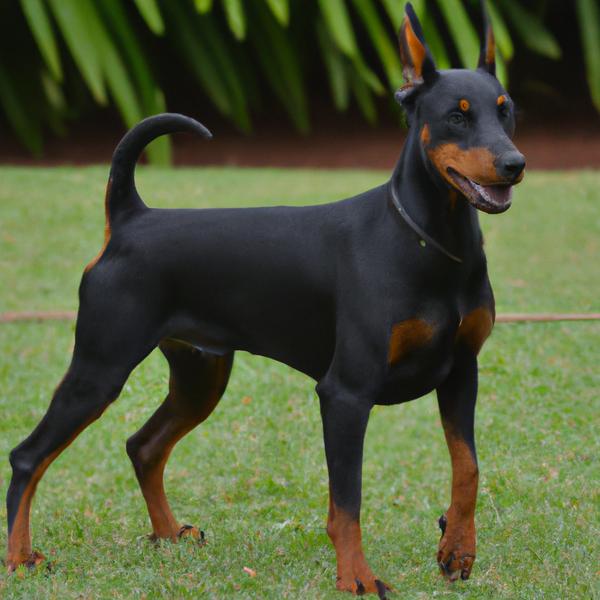
German Pinscher
Peke-Italian vs German Pinscher

Smooth Foxker
Peke-Italian vs Smooth Foxker
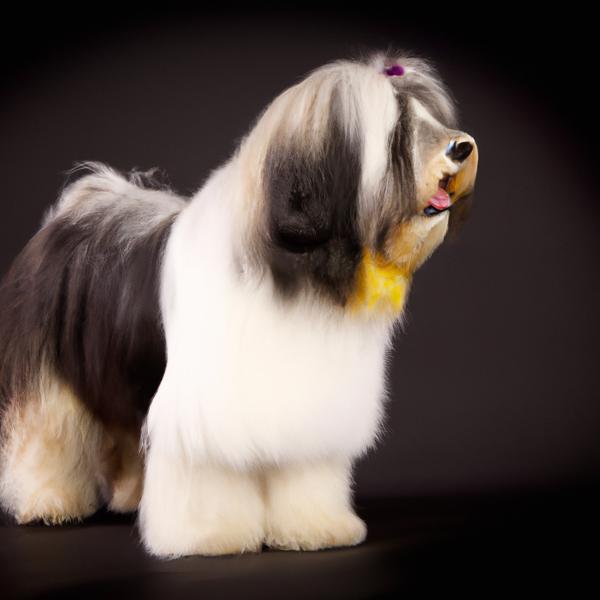
Tibecot
Peke-Italian vs Tibecot
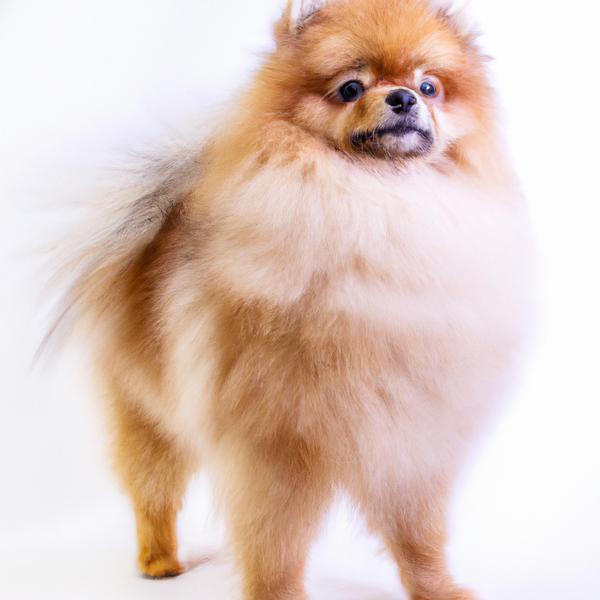
Pomeranian
Peke-Italian vs Pomeranian
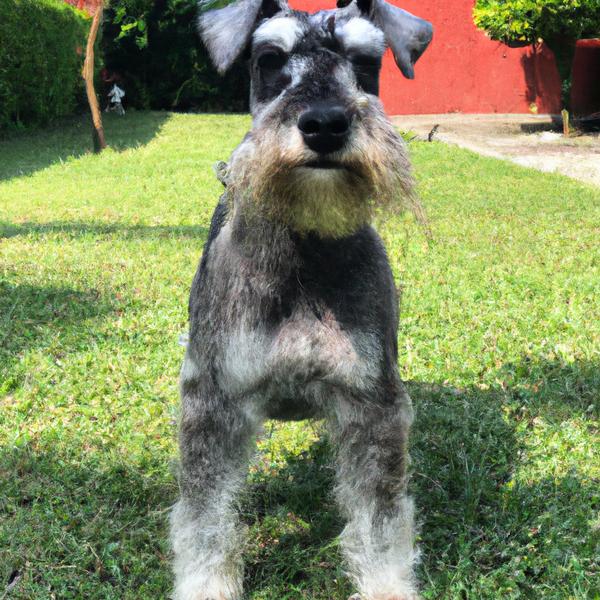
Crested Schnauzer
Peke-Italian vs Crested Schnauzer
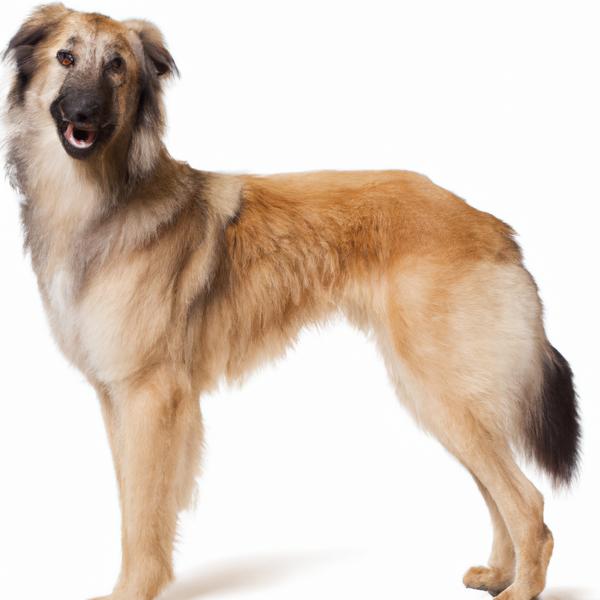
Belgian Laekenois
Peke-Italian vs Belgian Laekenois
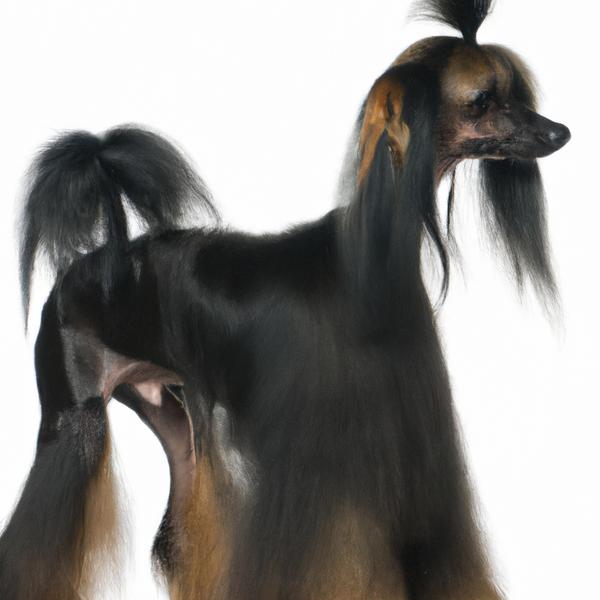
Silky-Pin
Peke-Italian vs Silky-Pin
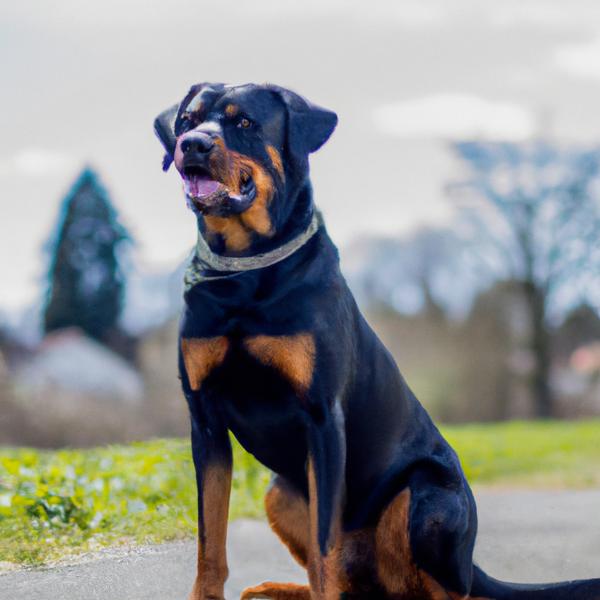
St. Weiler
Peke-Italian vs St. Weiler
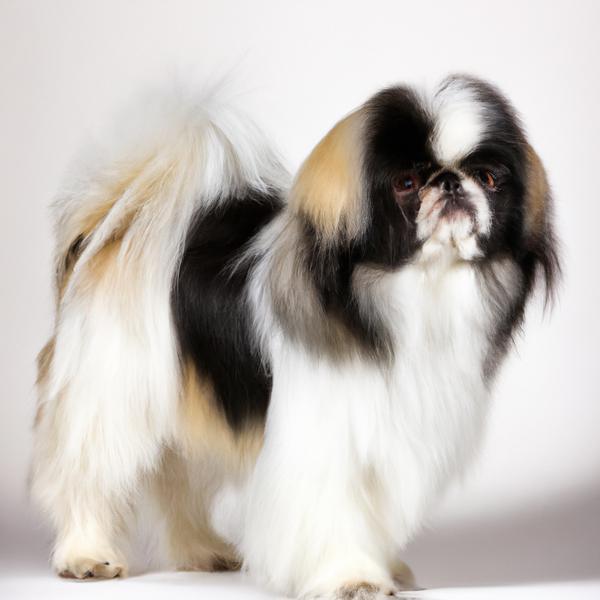
Japanese Chin
Peke-Italian vs Japanese Chin
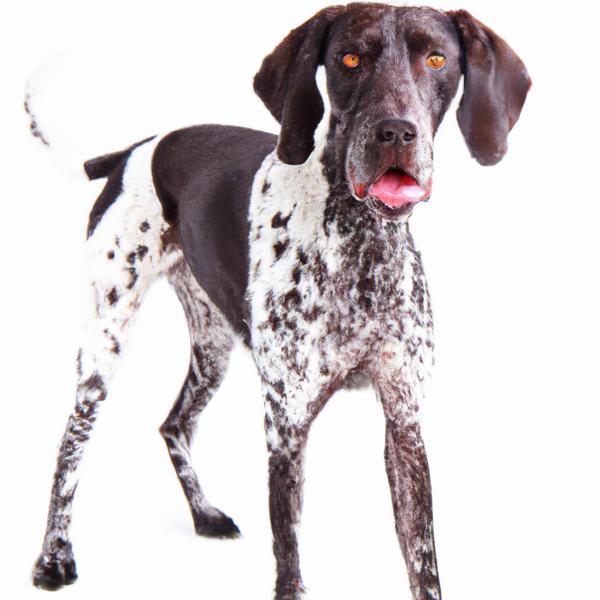
Lab-Pointer
Peke-Italian vs Lab-Pointer
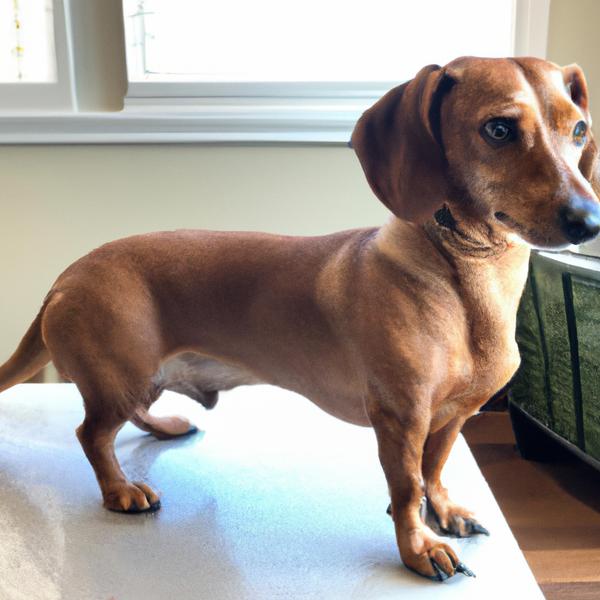
Smooth Foxie Doxie
Peke-Italian vs Smooth Foxie Doxie

Pomerat
Peke-Italian vs Pomerat
